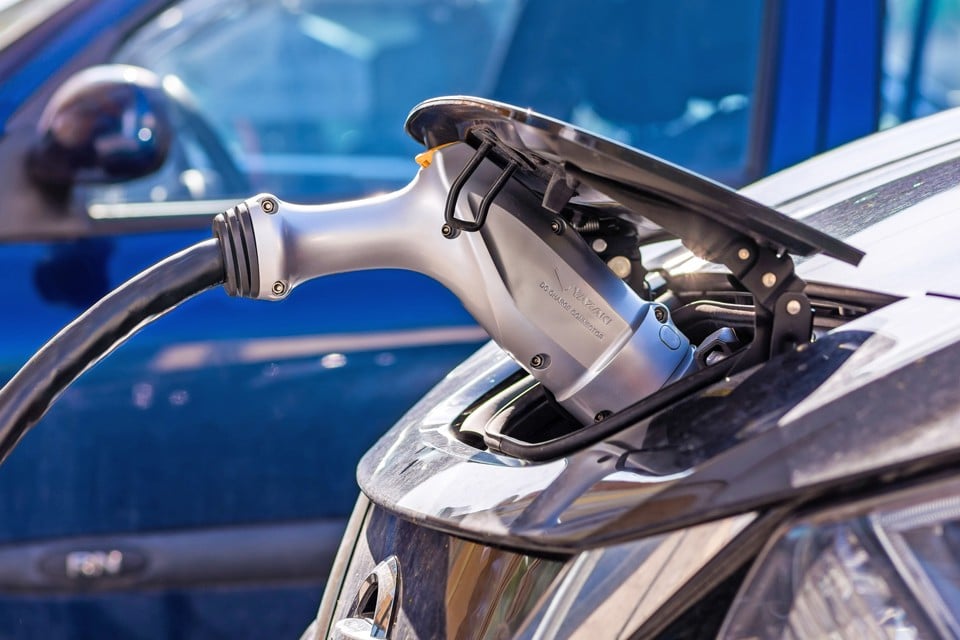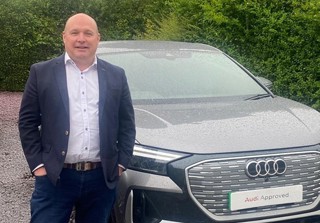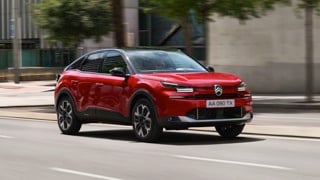This feature originally appeared in the April edition of Fleet News.
Read this article in full
Electrifying fleets is a priority for many organisations striving to lower their environmental impact and adapt ahead of the Government’s 2035 ban on the sale of new petrol and diesel cars.
However, obstacles such as vehicle availability and the generally high P11D price and lease rentals of electric vehicles in comparison to ICE cars – as well as a mistrust of the technology by some drivers – have stood in the way.
The new benefit-in-kind rates introduced on April 6, which lower the tax on battery electric vehicles (BEVs) from 16% in 2019/2020 to 0% in 2020/21, have provided a “seismic shift” in the appeal of the technology to company car drivers, says Matthew Hunnybun, partner, employment tax, at KPMG in the UK.
It also provides fleets with the chance to revise their company car choice lists to ensure EVs are available to as many members of staff as possible.
“Now is exactly the right time for organisations to review their company car strategy and policy,” says Hunnybun.
“It’s really important to remember that however good your company car scheme is, it will depend on the communication – the employees will need to understand it, be bought into it.
“We have experience of really good schemes that have fallen at the last hurdle or just been not well received because the employees didn’t understand the benefits to be had.”
Here we look at how an organisation can use its company car choice list to encourage EV uptake.
Use wholelife costs
“Historically, what we see with a lot of organisations is they looked at car banding predominantly based on lease cost or lease and maintenance,” says David Raistrick, senior manager at KPMG in the UK.
This effectively penalises EVs as their P11D prices – which are a key influencer of lease rentals – can be significantly higher than those of petrol or diesel models.
“The Mini Electric has a starting price of about £24,000, whereas a petrol Mini has a starting price of around £16,000,” adds Raistrick.
“Similarly, with the Volkswagen e-Golf, you’ve got an £11,000 differential with the starting price for a petrol model.
“But what we are starting to see with clients is effectively a change in how they think about the cost of vehicles.”
This sees them adopt a wholelife cost (WLC) model, where the significantly lower tax, fuel and SMR expenses are taken into account, enabling EVs to be offered in many more company car grades.
An example KPMG used in a webinar entitled ‘Company cars: it is time to review your strategy’, compares a fully-electric Nissan Leaf with a diesel Ford Focus, a hybrid Toyota CH-R, and petrol and diesel Volkswagen Polos (see table below).
The Leaf has the highest P11D price by more than £5,000, which helps give it an annual lease rental of £5,400 – between £1,900 and £1,200 more than any other car in the comparison.
However, when fuel, insurance and national insurance contributions (NICs) are included in the calculation, the Leaf – at £7,000 for a 20,000-mile year – costs between £321 and £544 less for an organisation to run than the other vehicles in the comparison.
The major savings are the lower fuel cost, which is up to two-thirds cheaper than one of the models it is being compared to, while the 0% BIK tax rate for battery electric vehicles for 2020/21 mean an organisation’s NIC is nil, up to £792 less a year then the other cars.
“It’s just a case of thinking about things slightly differently if you want to get more electric cars on to your list,” says Raistrick.
Claire Evans, head of fleet consultancy at Zenith, says it is essential fleet operators of cars or commercial vehicles use a WLC methodology to accurately assess and obtain the cost benefits from EVs: a view also shared by the Energy Saving Trust (EST)
“This approach should be applied to all vehicle acquisition,” adds Ian Featherstone, account manager supply chain at EST. “If an annual lease price is used to determine choice, then significant costs/savings won’t be taken into account.”
Featherstone says when calculating WLCs for EVs, organisations should make sure the pence per kWh rate used to calculate the cost of ‘fuel’
is sensible.
“Don’t assume a 100% domestic night-time rate of (say) 8p per kWh when much of the charging may cost 15p or more,” he says.
“If rapid charging is required for longer
journeys, then the costs could rise to 30p to 50p per kWh. It would be worth looking at one of the fuel cards now available which could offer a fixed cost to charge across the networks they have a contractual agreement with.”
Using WLC to determine choice lists also means an employee’s decision will take into account the costs their employer incurs.
Evans adds: “In addition, looking at cost post-tax is also important, as low emitting cars have further corporation tax benefits as they are not subject to lease rental restriction and a lower 6% capital allowance rate.
“It will be even more relevant from April 2021 when the threshold for these benefits is lowered to 50g/km from 110g/km.
“WLC not only helps fleet operators realise cost benefits but can open choice to employees as they utilise their monthly budget, spending more on
a private use contribution and less on benefit-
in-kind.
“It can provide access to more prestige or larger vehicles than may otherwise have been affordable within their grade.”
Allow drivers to make contributions
Employers should be flexible with the amount drivers can contribute to the car scheme to ensure a range of EVs are available at all grades, says Evans.
For example, if the WLC of a Tesla Model 3 Long Range is £600 and a company’s WLC entitlement is £500, then without a driver contribution the vehicle would not be available.
“However, if the driver could pay £100 contribution towards the Tesla, they would pay £0 BIK and yet still be in a better total cost position, compared to the average BIK cost of £300-£400 (40% taxpayer) for equivalent petrol and diesel cars within their entitlement,” says Evans.
“The driver gets a £200 to £300 a month saving and the opportunity to switch to cleaner technology at no extra cost to the employer.”
Present policy in a simple way
John Lawes, managing director at Hitachi Capital Vehicle Solutions, adds many employers are also providing more generous allowances to permit BEVs to be available to more employees’ pay grades.
“One challenge that needs to be taken into
account is how much information is provided to the driver during the process as this can often be overwhelming,” says Lawes.
“If presented in a simple way and in a way that ensures employees fully understand the policy, this should support the uptake of BEVs at a time where more would be available under a wholelife cost policy.”
Moving to electric vehicles can already be a daunting prospect for drivers who are familiar only with petrol and diesel models, so understanding potential barriers to EV adoption is crucial, adds Evans.
“Focus on designing policy and issuing clear communications that help to inform employee choice and remove these perceived barriers,” she says. “Engagement and education are pivotal to successful uptake.
“Successful policies with good uptake offer driver support and education about available vehicles and how to optimise the use of home, work and public charging.”
Other incentives
EST and Zenith agree a WLC-based choice list and the current tax system negate the need for employers to introduce other financial incentives to encourage EV uptake.
“Where employers can assist is by considering benefits such as access to workplace charging or preferential parking for drivers of electric cars,” says Evans. “We are working with customers to adapt policies to add more BEV options for drivers.
“It is achieved through revisiting manufacturer options to open up choice and looking at matching the suitable BEV cars to the driver’s travel needs in each grade.”
Ongoing driver education will also be key to increasing uptake.
“It will be essential for businesses to educate employees now on the benefit of alternatively fuelled vehicles so they are well informed on what the future holds for the fleet sector and can make the right decisions based on their needs,” says Lawes.
“The key non-financial measure that businesses are taking is making the employee journey a simple one.
“Providing tools to help employees navigate the decision-making process is crucial to gain the trust and confidence of employees in the electrification process.
“For example, highlighting the financial benefits of an electric car such as the reduction in cost of private motoring (fuel) could be a factor that employees hadn’t previously considered.”






















Login to comment
Comments
No comments have been made yet.